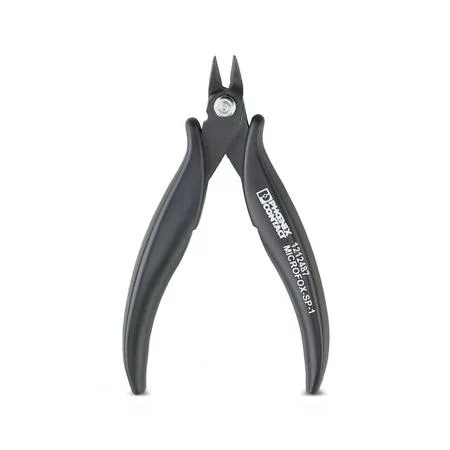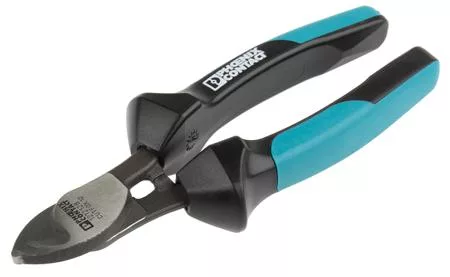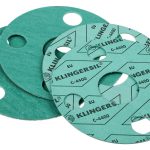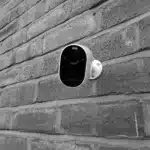
Introduction
Wire cutters–the name itself draws images of snipping and trimming stray wires and cables. However, these high-performance tools possess a surprising versatility that extends far beyond their intended purpose. From crafting delicate jewellery to tackling stubborn household repairs, a good pair of wire cutters can be a secret weapon in your toolbox, ready to tackle unexpected challenges.
Prepare to be amazed by the hidden potentials of this everyday implement as we explore the myriad ways wire cutters can become your go-to solution for a variety of tasks. Our article also compares these unassuming tools with other similar tools to clarify the confusion, especially for beginners.
Understanding Wire Cutters: Materials and Build Quality
They are also called side cutters or diagonal pliers, are multipurpose hand tools specifically designed to cut through various types of wire. They feature sharp, angled blades that apply pressure on the wire to sever it cleanly. A wire cutter can make clean cuts through various gauges of wires without damaging them, whether for electric, crafting, or general DIY projects. These tools are available in different shapes, sizes, and designs; each suits a range of tasks.
Wire cutters are typically made from hardened steel to ensure durability and longevity. Some models feature insulated handles to prevent electric shocks, making them safe for electrical work. The material’s quality and the design of the handles (whether ergonomic or standard) can significantly influence their ease of use and effectiveness across different applications.
Common Designs of Wire Cutters You Should Know
They come in a variety of designs, each with its own specific purpose. Some of the most common types include:
Diagonal Cutters
These are the most common type of wire cutter that feature angled jaws to cut wires flush with a surface. They are ideal for cutting thin metal rods, copper, aluminium, and soft steel wires precisely in tight spaces. Diagonal cutters can also cut small nails and staples without damaging the surrounding surface.
Shear Cutters
Shear cutters, also called scissors or shears, are tools that can cut through various materials by applying a shearing force. They typically consist of two blades that slice through the material when the handles are squeezed. Shear cutters come in various forms and can cut materials like sheet metal, wire, cables, or even paper.
End Cutters
Also called end nippers, end cutters have flat jaws that are perpendicular to the handles. They are used to cut wires at a 90-degree angle, flush with a surface. End cutters are often used to trim excess wire, make jewellery, and remove nails, rivets, or screws.
Flush Cutters
Also called nippers or micro-cutters, flush cutters have very sharp jaws that make a clean, even cut. They are used for delicate, precision work, such as cutting wires in electronics, fine mechanics, or jewellery.
Bolt Cutters
Bolt cutters are heavy-duty cutters used to cut through thick bolts and other metal objects in construction and demolition tasks. They have long handles and hardened jaws that offer powerful cutting force. They come in large models, making them ideal for industrial applications.
Wire Cutters & Cable Cutters: What’s the Difference
Wire and cable cutters are often used interchangeably; however, they are designed for different purposes. These cutters feature straight blades that can make clean cuts through a variety of solid core wires. Cable cutters, on the other hand, are designed for cutting stranded, thicker bundled cables. They have curved blades that can grip heavy-duty power cables and prevent them from slipping. In essence, they are specifically built to cut thin, individual wires, while cable cutters are large tools that can slice cable bundles.
Differentiating Wire Cutters & Wire Strippers
Wire cutters and wire strippers are both essential tools, but they differ in terms of purpose. Wire strippers remove the insulation from wires without damaging the conductive metal. They have specialised notches or blades that grip the insulation and pull it away, differentiating them from a wire cutter that only cuts wires. Understanding these differences enables professionals and DIYers to pick the right tool for their needs and prevent damage to the materials.
Common Applications of Wire Cutters
Wire cutters are mainly used to cut electrical wires for various installations and repairs. Their common applications include jewellery making, automotive maintenance, cutting small nails and screws, handling fencing and construction materials, electronics and circuit board work, and home repairs and maintenance.
Other Specialised Uses of Wire Cutters: Thinking Outside the Box
They can be used for more than just cutting wire. They are also indispensable for a variety of specialised tasks. Here are some specific examples of unexpected uses for wire cutters:
Removing a Stuck Ring: In case you have a ring that is stuck on your finger, you can use cutters to cut the ring off carefully.
Opening a Stuck Zipper: If you have a zipper that is stuck, you can use wire cutters to cut the zipper open carefully.
Removing a Splinter: Whether you encounter a splinter that is stuck in your skin, you can use wire cutters to carefully remove it.
Cutting Fishing Line: During fishing, when your line gets tangled, you can use cutters to cut the line.
Making a Fire: In a survival situation, use these diagonal pliers to cut small pieces of wood to help start a fire.
Precision Removal of Damaged Items: Sometimes, you only need to remove a damaged section of a wire or cable. Wire cutters allow precise removal of just the compromised area, which you can then re-strip or reattach as needed.
Opening Tough Packaging: Some plastic cases—especially for electronics or certain hardware items—are nearly impossible to open by hand. Side cutters provide a controlled method of cutting, avoiding messy tears and possible injuries from forcing the package open.
Final Thoughts
Wire cutters are versatile and must-have tools for professionals and DIYers. So, the next time you reach for your specific models, remember their potential extends far beyond simply snipping wire. These precision accessories can be surprisingly versatile, and by embracing their adaptability, you will find yourself reaching for them more often than you ever imagined.























